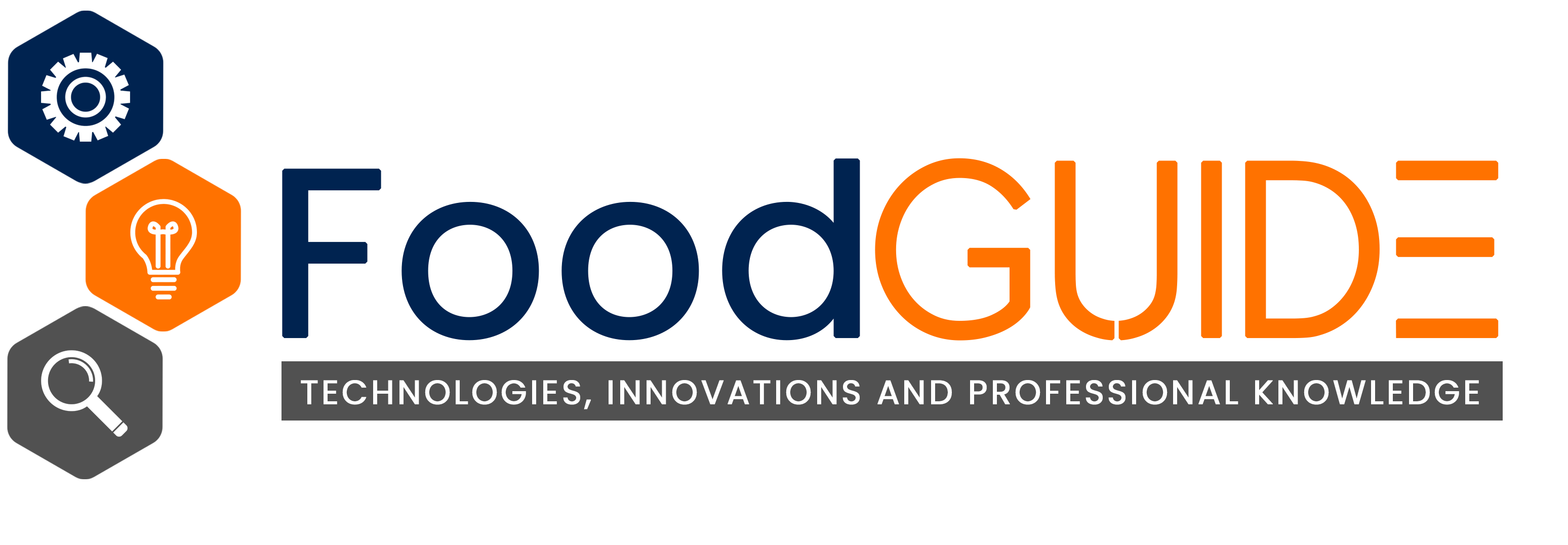Sensory Evaluation and Analysis of Food
SEAF
Sensory Evaluation and Analysis of Food
SEAF
- Release Date : April 1, 2025
- Last updated : April 7, 2025
Overview of the Training
Sensory analysis and evaluation of food training program is designed to equip individuals with the knowledge and skills necessary to effectively assess and interpret the sensory properties of food products. These programs cater to a wide range of professionals within the food industry.
This training covers in-depth requirements, general best practices of sensory evaluation including preparation of sensory laboratory, organizing the sensory tests, screening and training of sensory panelists and different types of sensory test methods.
Qualification Description
After successful completion of the training program, the participants will be able to implement food safety management system in different food establishments, while adhering to the food safety and quality assurance guidelines.
Purpose of the Training Program
This training program aims to equip professionals and students with the essential knowledge on best practices of sensory evaluation, sensory test methods and their analysis.
Career Path and Career Progression
Gathering knowledge and exhibiting the knowledge on ISO 22000 provides immense opportunities in the food industry.
Learning Outcomes
- Understanding the requirements for arranging a sensory laboratory.
- Understanding the procedure of screening ang training of sensory panelists.
- Understanding the best practices in sensory evaluation.
- Effectively arrange different types of sensory tests.
- Accurately analyze the sensory results using statistical methods.
Content Outline
Section No
Title
No. of Hours Allocated
01.
Introduction
01
02.
Prerequisite Programmes on Food Safety - ISO/TS 22002-2 Food Manufacturing
04
03.
ISO 22000 - Food Safety Management System
09
04.
Internal Auditing Aspects
01
Total Hours of the Training
15
Training Content
This section introduces the different sensory attributes of food and different terms to describe the same.
- Appearance
- Texture
- Taste
- Smell
This section aims to introduce different types of sensory panelists, screening and training.
- Sensory Panelists
- Screening of Sensory Panelists
- Screening Tests
This section provides basic requirements to establish a sensory laboratory.
- Location
- Testing Area
- Preparation Area
- Sensory Booths
- Layout of the Sensory Laboratory
This section focuses on good practices to be performed during sensory evaluation.
- Sample Serving Procedure
- Sample Evaluation
This section focuses on different test methods and their analyses using statistical methods.
- Difference Tests
- Descriptive Tests
Evaluation (Formative and Summative Assessment)
No
Assessment
Marks Allocated
01
Formative Assessment (Online MCQ)
20%
02
Case Study Assessment
80%
Total Marks for the Assessment
100%
Grading System
Final Mark
Grade
75-100
A
65-75
B
55-65
C
45-55
D
<45
F
Instructor

Web Designer
Duration
01 day
Platform
Zoom online platform
Medium of Instruction
English and Sinhala
Attendance
All the participants should maintain at least 80% attendance to obtain the certificate.
Training Materials
- Participants Handbook
- Tools and Templates
Certification
Participants will be rewarded with hard copy certificate upon participation and passing the test(s).
Target Group
- QA/R&D/Production Executives
- Sensory Team Members
- Trainees and Undergraduates
Send Us a Message
Recruitment
The interested candidates should apply for the training program through the google form by providing name, address, contact number, email address and institution and should pay the relevant training fee prior to commencement of the training program.



